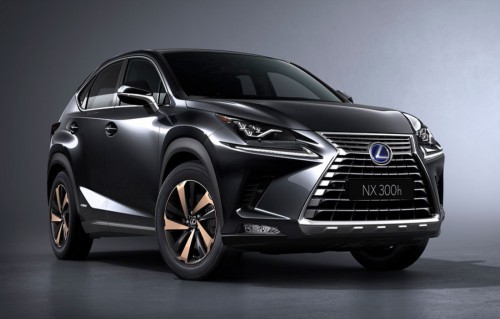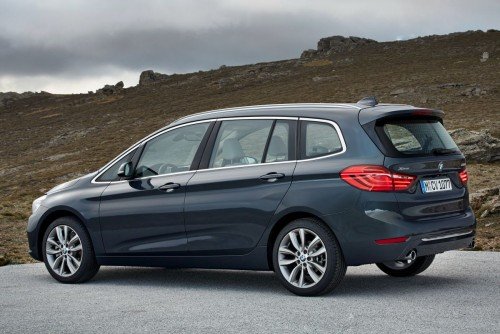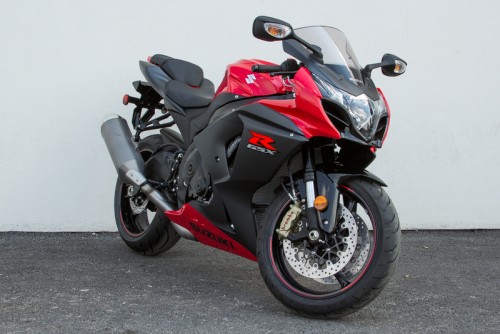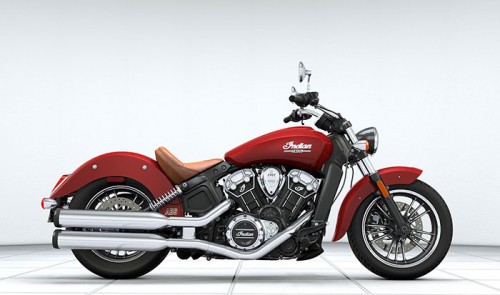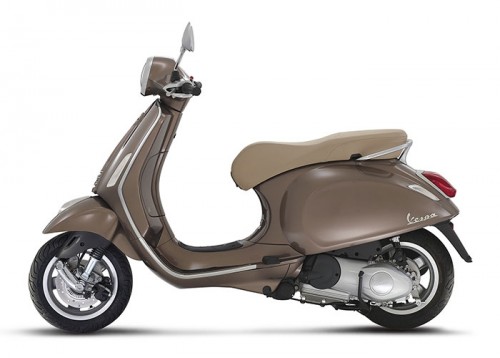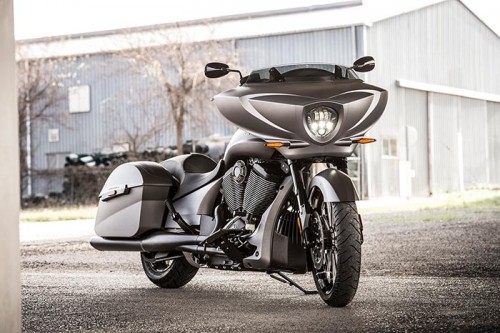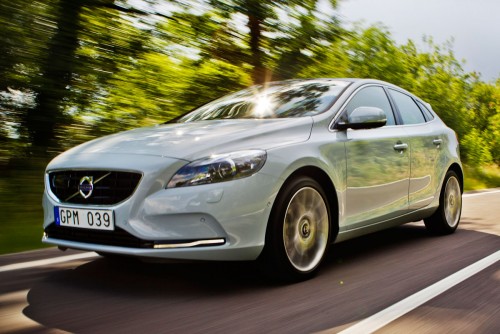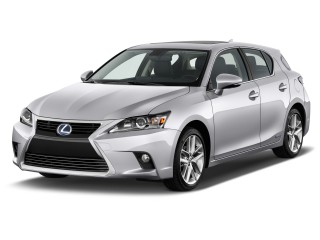About Lexus
History
1980s: The F1 project
In 1983, Toyota chairman Eiji Toyoda issued a challenge to build the world's best car. This challenge prompted Toyota to embark on a top-secret project, code-named F1 (“Flagship One”).The F1 project, whose finished product was ultimately the Lexus LS 400, aimed to develop a flagship sedan that would expand Toyota’s product line, giving it a foothold in the premium segment and offering both longtime and new customers an upmarket product.The F1 project followed the success of the Toyota Supra sports car and the premium Toyota Cressida models.Both the Supra and Cressida were rear-wheel drive cars with a powerful 7M-GE/7M-GTE inline-six engine. The largest sedan Toyota built at the time was the limited-production, 1960s-vintage Toyota Century, its domestic, hand built, limousine flagship and sole V8-powered model,followed by the inline-six-engined Toyota Crown premium sedan.The Century was conservatively styled for the Japanese market, and along with the Crown not slated for export, despite having undergone a complete restyle in 1982. F1 designers targeted their new sedan at international markets and began development on a new V8 engine.
The opportunity for Japanese manufacturers to export more expensive models had grown in the 1980s due to voluntary export restraints, negotiated by the Japanese government and U.S. trade representatives, restricting mainstream car sales.In 1986, Honda launched its Acura marque in the U.S., influencing Toyota's plans for a luxury division;the initial Acura model was an export version of the Honda Legend, itself launched in Japan in 1985 as a rival to the Toyota Crown, Nissan Cedric/Gloria and Mazda Luce.[13] In 1987, Nissan unveiled its plans for a premium brand, Infiniti, and revised its flagship Nissan President sedan in standard wheelbase form for export as the Infiniti Q45, which it launched in 1990. In 1988, Mazda began selling the Luce as the Mazda 929 in North America, and later began plans to develop an upscale marque, to be called Amati, but its plans did not come to fruition.
Toyota researchers visited the USA in May 1985 to conduct focus groups and market research on luxury consumers.During that time, several F1 designers rented a home in Laguna Beach, California to observe the lifestyles and tastes of American upper class consumers.[16] Meanwhile, F1 engineering teams conducted prototype testing on locations ranging from the German autobahn to U.S. roads.Toyota’s market research concluded that a separate brand and sales channel were needed to present its new flagship sedan, and plans were made to develop a new network of dealerships in the U.S. market.
Brand development
In 1986, Toyota’s longtime advertising agency Saatchi & Saatchi formed a specialized unit, Team One, to handle marketing for the new premium brand.[12] Image consulting firm Lippincott & Margulies was hired to develop a list of 219 prospective names; Vectre, Verone, Chaparel, Calibre and Alexis were chosen as top candidates.While Alexis quickly became the front runner, concerns were raised that the name applied to people more than cars (being associated with the Alexis Carrington character on the popular 1980s primetime drama Dynasty),and as a result the first letter was removed and the "i" replaced with a "u" to morph the name to Lexus.
The etymology of the Lexus name has been attributed to the combination of the words "luxury" and "elegance,"and another theory claims it is an acronym for "luxury exports to the U.S."According to Team One interviews, the brand name has no specific meaning and simply denotes a luxurious and technological image.Just prior to the release of the first vehicles, database service LexisNexis obtained a temporary injunction forbidding the name Lexus from being used as they stated it might cause confusion.The injunction threatened to delay the division's launch and marketing efforts.Upon reflection, a U.S. appeals court lifted the injunction, deciding that there was little likelihood of confusion between the two products.
The original Lexus slogan, developed after Team One representatives visited Lexus designers in Japan and noted an obsessive attention to detail, became "The Relentless Pursuit of Perfection."The Lexus logo was developed by Molly Designs and Hunter Communications.The final design for the Lexus logo featured a stylized “L” within an oval, and according to Toyota, was rendered using a precise mathematical formula.The first teaser ads featuring the Lexus name and logo, designed by Team One, appeared at the Chicago, Los Angeles, and New York auto shows in 1988.
2000s: Global reorganization
In 2000, Lexus introduced the IS line, a new series of entry-level sport sedans. In 2001, the marque debuted its first convertible, the SC 430, a redesigned ES 300, and the third generation LS 430. The GX 470 mid-size SUV debuted in 2002, followed by the second generation RX 330 in 2003. The following year, Lexus recorded its two-millionth U.S. vehicle sale,and debuted the first luxury-branded production hybrid SUV, the RX 400h. This vehicle used a Lexus Hybrid Drive system which combined gasoline and electric motors for increased power, fuel efficiency, and lower emissions relative to gasoline-only equivalents.
In 2005, Lexus completed an organizational separation from parent company Toyota,with dedicated design, engineering, training, and manufacturing centers working exclusively for the division.This effort coincided with Lexus' launch in its home market of Japan and an expanded global launch of the brand in major world markets such as China.Executives aimed to increase Lexus sales outside of its largest market in the U.S.To accompany this expansion, next generation Lexus vehicles were redesigned as "global models" for international release. In the European market, where Lexus had long faced struggling sales owing to low brand recognition, few dedicated dealerships, and 1990s import quotas, the marque announced plans to introduce hybrid and diesel powertrains, increase the number of Lexus dealerships, and expand operations in emerging markets such as Russia
Corporate affairs
Management
The Lexus Group, headed by managing officer Kiyotaka Ise, coordinates the worldwide operations of Toyota's luxury division.[135][136] Other executives at Lexus' global headquarters, located in Nagoya, Aichi,[137] include Kazuo Ohara, deputy chief officer of the Lexus Group,[135] and managers of the marque's Japan Sales & Marketing and global Product & Marketing Planning divisions.[136][138] While organizationally separate from its parent company, the Lexus Group reports directly to Toyota chief executive officer Akio Toyoda.
In the U.S., Lexus operations are headed by Jeffrey Bracken, group vice president and general manager of the U.S. Lexus division, located in Southern California.[139] In Europe, Lexus operations are headed by Andy Pfeiffenberger, vice president of Lexus Europe, located in Brussels. Companion design facilities are located in Southern California[140] and central Japan, with the head design studio devoted entirely to Lexus models in Toyota City, Aichi.
Regional operations
Lexus sales operations vary in structure by region. In many markets, such as the U.S., the dealership network is a distinct organization from corporate headquarters, with separately owned and operated Lexus showrooms.[143] By contrast, in Japan all 143 dealerships in the country are owned and operated by Lexus. Several markets have a designated, third party regional distributor; for example, in the United Arab Emirates, sales operations are managed by Al-Futtaim Motors LLC,[82] and in Costa Rica, Lexus vehicles are sold via regional distributor Purdy Motors S.A. Other officially sanctioned regional distributors have sold Lexus models prior to the launch of, or in absence of, a dedicated dealership network
Design and technology
Lexus design has traditionally placed an emphasis on targeting specific vehicle development standards.Since the marque's inception, design targets have ranged from aerodynamics and ride quality to interior ergonomics. The backronym "IDEAL" ("Impressive, Dynamic, Elegant, Advanced, and Lasting") is used in the development process.Each vehicle is designed according to approximately 500 specific product standards, known as "Lexus Musts," on criteria such as leather seat stitching. Design elements from the marque's concept vehicle line, the LF series (including the 2003 LF-S and 2004 LF-C), have been incorporated in production models.
Vehicle cabins have incorporated electroluminescent Optitron gauges, SmartAccess, a smart key entry and startup system,and multimedia features. Beginning with the 2010 RX and HS models, the Remote Touch system, featuring a computer mouse-like controller with haptic feedback, was introduced; other models have featured touchscreen controls (through the 2009 model year) as a navigation screen interface. In 1989, Lexus became among the first premium car marques to equip models with premium audio systems, in partnership with stereo firm Nakamichi. Since 2001, optional surround sound systems are offered via high-end audio purveyor Mark Levinson.For reduced cabin noise, the first LS 400 introduced sandwich steel plating,and later models added acoustic glass. In 2006, the LS 460 debuted the first ceiling air diffusers and infrared body temperature sensors in a car.Telematics services include G-Book with G-Link in Asia and Lexus Enform in North America.
L-finesse
See also: Lexus LF
Lexus introduced a new design language known as "L-finesse" in the mid-2000s with its LF series concepts and the 2006 Lexus GS. L-finesse is represented by three Japanese kanji characters which translate as "Intriguing Elegance, Incisive Simplicity, and Seamless Anticipation". Design characteristics, including a fastback profile, lower-set grille,and the use of both convex and concave surfaces, are derived from Japanese cultural motifs (e.g. the phrase kirikaeshi in arrowhead shapes). While earlier Lexus models were criticized for reserved and derivative styling, and often mistaken for understated domestic market cars,[183] automotive design analyses described L-finesse as adding a distinctive nature and embrace of Japanese design identity. Opinions varied for L-finesse's debut on the GS; Sports Car International's analysis praised the vehicle's in-person appearance;Automobile Magazine criticized the daring of its forward styling,and compared subsequent rival models for design similarities. In 2012, the arrival of the redesigned fourth generation Lexus GS featured the introduction of a spindle-shaped grille design, intended to be used on all forthcoming Lexus models. L-finesse exhibitions were presented at Milan's Salone del Mobile from 2005 through 2009.
Production
Assembly plants
The first Lexus vehicles were manufactured in Toyota's flagship Tahara plant, a highly sophisticated, computerized manufacturing plant in Japan. Lexus production techniques include methods and standards of quality control that differ from Toyota models.At the Tahara plant, separate assembly lines were developed for Lexus vehicles, along with new molds and specialized manufacturing equipment.Welding processes, body panel fit tolerances, and paint quality requirements are more stringent. Lexus plant workers, typically veteran technicians, are identified via repeated performance evaluations and ranked according to skill grade, with limited applicants accepted.The highest level takumi (Japanese for "artisan") engineers are responsible for maintaining production standards at key points in the assembly process, such as testing engine performance.Production vehicles are given visual inspections for flaws, individually test-driven at high speeds, and subjected to vibration tests.
Service
Lexus has become known for efforts to project an upscale image, particularly with service provided after the sale. The waiting areas in service departments are replete with amenities, ranging from refreshment bars to indoor putting greens.[207][208] Dealerships typically offer complimentary loaner cars or "courtesy cars" and free car washes,[208] and some have added on-site cafes and designer boutiques.[209][210] Service bays are lined with large picture windows for owners to watch the servicing of their vehicle.[211] In 2005, Lexus also began reserving parking lots at major sporting arenas, entertainment events, and shopping malls, with the only requirement for free entry being the ownership of a Lexus vehicle.[212] An online owner publication, Lexus Magazine,[213] features automotive and lifestyle articles and is published online monthly[214] and on a mobile site.




 Home
Home









